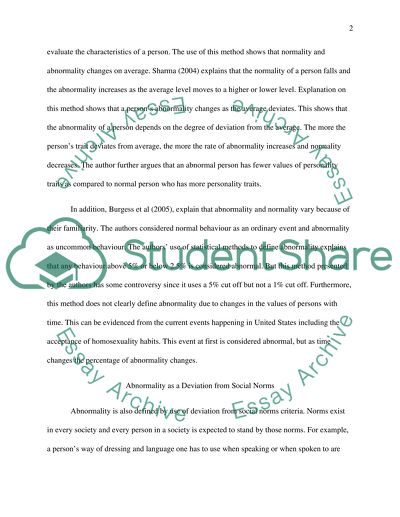Cite this document
(“Discuss the concepts of normality and abnormality and briefly explain Essay”, n.d.)
Retrieved from https://studentshare.org/psychology/1493370-discuss-the-concepts-of-normality-and-abnormality
Retrieved from https://studentshare.org/psychology/1493370-discuss-the-concepts-of-normality-and-abnormality
(Discuss the Concepts of Normality and Abnormality and Briefly Explain Essay)
https://studentshare.org/psychology/1493370-discuss-the-concepts-of-normality-and-abnormality.
https://studentshare.org/psychology/1493370-discuss-the-concepts-of-normality-and-abnormality.
“Discuss the Concepts of Normality and Abnormality and Briefly Explain Essay”, n.d. https://studentshare.org/psychology/1493370-discuss-the-concepts-of-normality-and-abnormality.


